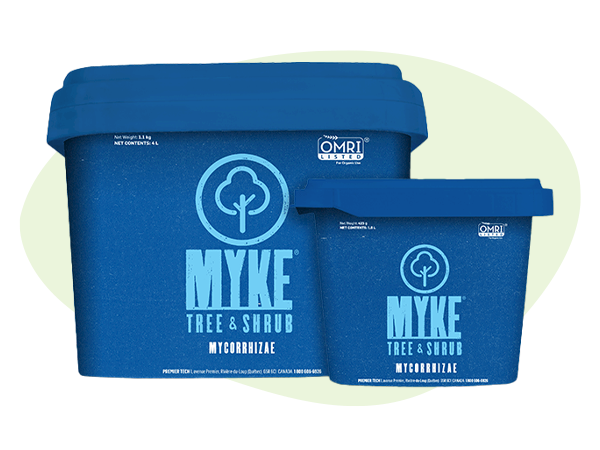Plant Hardiness Zones for Ontario
Whether you are a novice or advanced gardener you will have probably heard or read something about zones for plants. All Trees, Shrubs, Perennials, Annuals and Tropicals are characterized by these zones. Zones tell the gardener what the hardiness of a plant is. This is important to any consumer planting a garden to know whether a specific plant will come back year after year.

How do the zones work?
The zones work from the warmer climate represented by a larger number, in this case 7, to the colder climates which are represented by smaller numbers. I remember which way the zones work, is by thinking Hawaii is zone 9 and Antartica is zone 0.
What zone are we?
In the Caledon, Dufferin, Mono, Amaranth, Erin area we are a Zone 5b. What does this mean? It means that any plant that has a designation of zone 5, 4, 3, 2, 1 are hardy for your area. Keep in mind that some times in the right area plant that are designated for zone 6 (Jap. Maple, Rose of Sharon and Butterfly bush) can overwinter in zone 5, but with a lot of care and planning. It may feel colder if you are on top of a hill with a lot of wind, you will have to add a little more protection so the wind does not dry plant out in winter time and destroy plant.
Where do I find the zone on a plant?
The zone is typically found on the tag of a plant. Annuals may just say annual plant on the tag. On perennial, trees or shrubs you should find a number indicating the zone.
Why do plants with a zone 9 say perennial?
Because they are.... In the USA. The states have warmer zones than Canada, we are known as the "Great White North" for our weather. A great example is the popular 'Purple Fountain Grass' it is an annual here in our zone, but it is a perennial in the states in a zone 7.



















